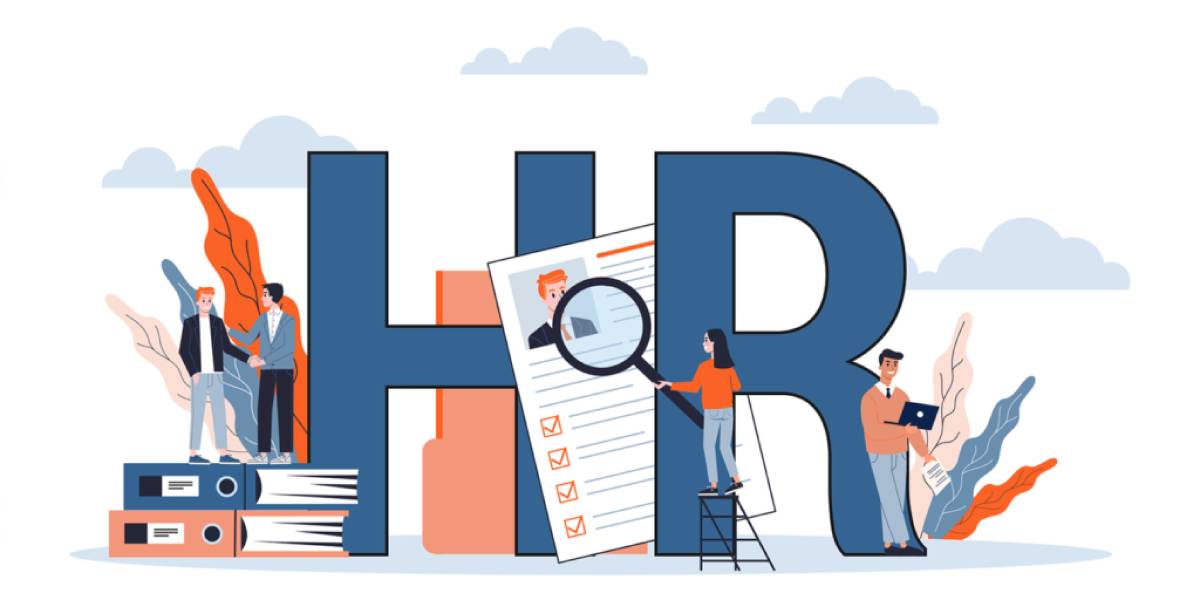Ageism is a concept introduced by Dr. Robert Butler in 1968, referring to the systematic stereotyping and discrimination against individuals based on their age, particularly directed at older people. Similar to how racism and sexism are rooted in responses to skin color and gender, ageism involves prejudiced attitudes and unfair treatment solely because individuals are older. In the context of the workplace, ageism manifests in various forms, often leading to the mistreatment of older employees. Negative viewpoints held by employers towards older workers contribute to this phenomenon, creating challenges for older individuals in professional settings. Ageism, like racism and sexism, highlights the need for awareness and efforts to promote fair and unbiased treatment across all age groups.
Examples of Age Discrimination in the Workplace:
Biased Hiring Practices:
Age
discrimination can be seen when
bosses prefer to hire young people.
They do this because they believe
that younger workers have more
energy and are better at learning
new things using today’s
technologies.
Limited Advancement Opportunities:
Sometimes, older workers might
have trouble getting promotions or
advancing because some people think
they can’t change easily or
learn new things.
Inadequate Training Access:
Some groups might not knowingly
stop older workers from getting
training programs. They think maybe
old people won’t like new
stuff or ways of doing things as
much as younger ones do.
Stereotyping:
Ageism makes bad ideas about
age, like thinking old workers
can’t use computers or come up
with new things. These beliefs can
damage working together and being
part of a team, making overall work
less efficient.
Isolation:
Age discrimination can lead to
a split work environment where
people of different ages are
separate or not mixed in fully. This
separation stops people of different
ages from working together and
sharing what they know.
FAQs
Ageism is a form of discrimination where individuals are unfairly treated or judged based on their age, impacting various aspects of life, including the workplace.
Examples of age discrimination include biased hiring practices favouring younger candidates, limited advancement opportunities for older employees, inadequate access to training programs, age-related stereotypes affecting collaboration, isolation in the workplace, a preference for younger workers in certain industries like tech, exclusion from team activities, unfair layoffs targeting older individuals, age-related jokes or comments, and denial of training opportunities based on age-related assumptions.
In the tech industry, ageism may appear as a preference for younger workers perceived as more adept at handling rapid technological advancements.
